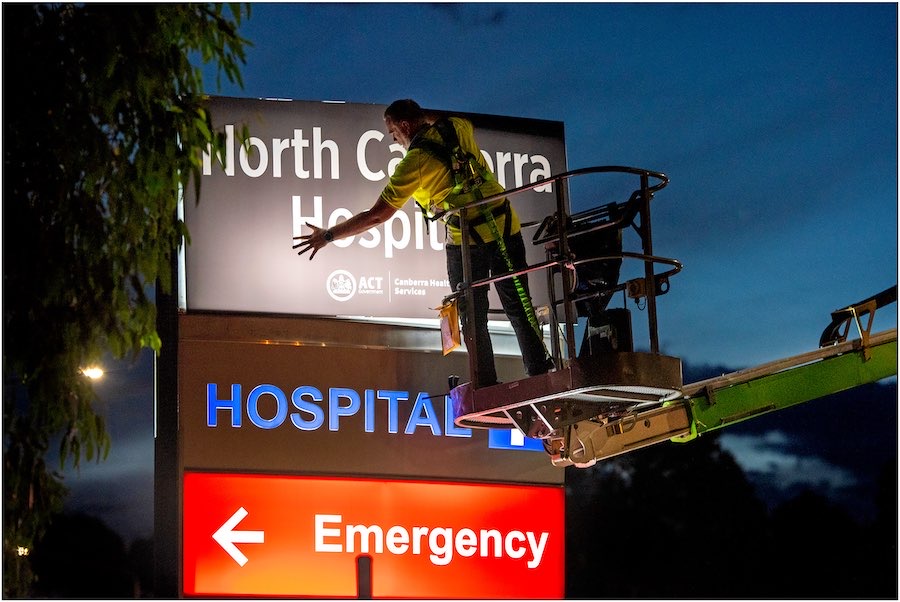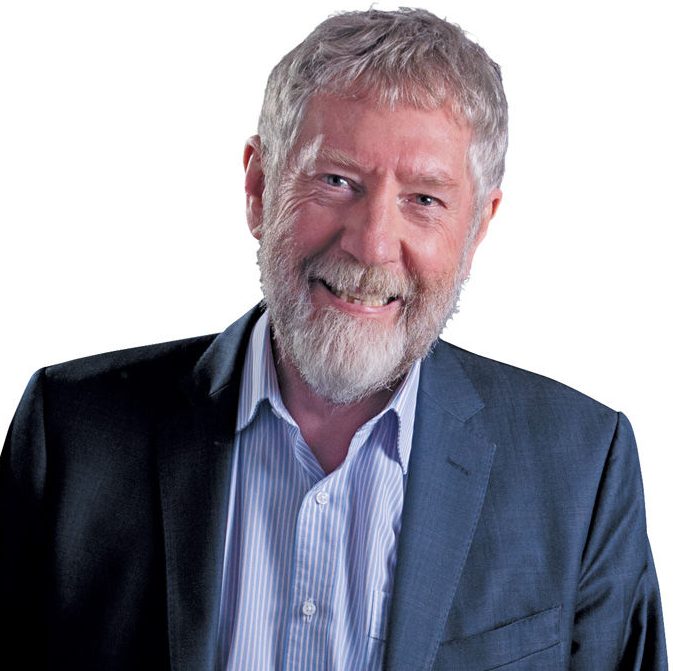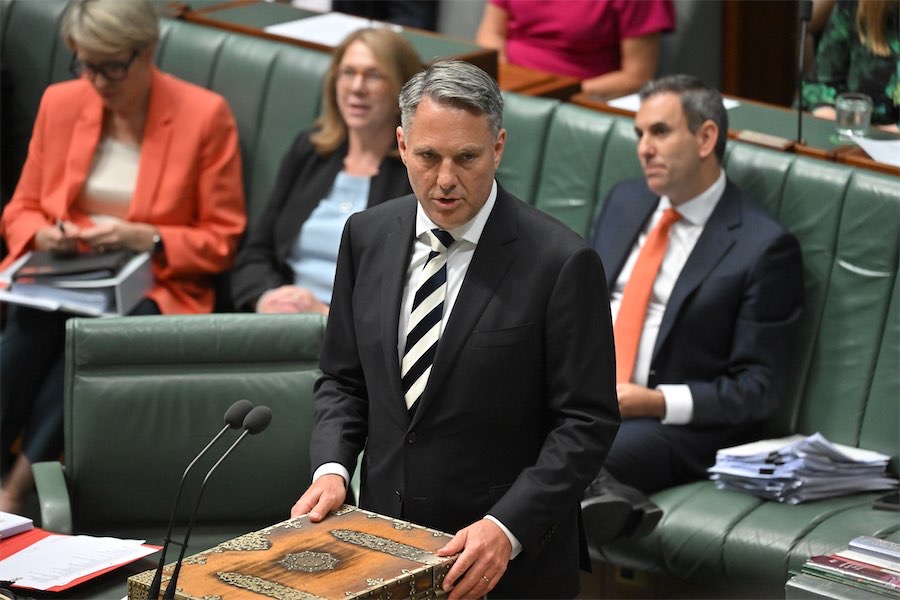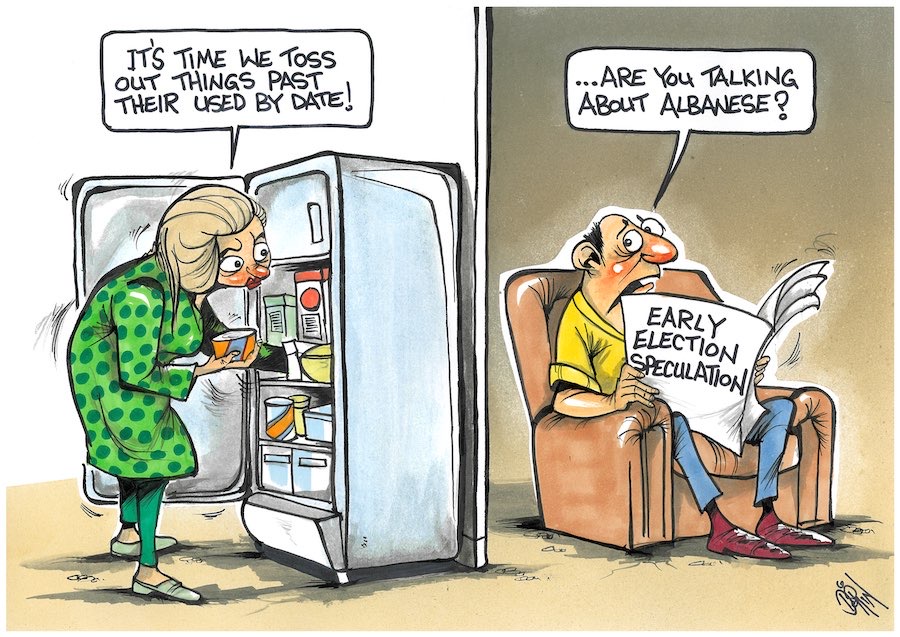
“On a freezing cold night, the mother and baby, along with a number of other mothers and babies, were left in a triage queue that snaked all the way to outside the door of the ED building,” writes political columnist MICHAEL MOORE.
Canberra is the second most liveable city in the world according to the Oxford Economics Global Cities assessment.

Meanwhile, Melbourne has been relegated to way down the list behind Sydney, Adelaide and Brisbane. The national capital is only second to the French city of Grenoble.
Regrettably, for those of us who live here, there are too many things that do not match up to that assessment.
The full Oxford analysis also includes four other categories. In this case Canberra ranks 44th in the world. The other assessment areas include economics, human capital, environment and governance. It is no surprise that these other four issues dragged Canberra down. Environment, human capital and economics need an improved focus if Canberra is to lift beyond 44.
Flying into the nation’s capital I have always felt a surge of pride. Flying into other cities generally reveals a view of houses with a few trees. Flying into Canberra, apart from newly developed suburbs, reveals largely the tree canopy with houses in between.
The greening of Canberra started with Charles Weston who was responsible for introducing around 1.2 million trees to Canberra between 1921 and 1924. His legacy continued over the century that followed. Unfortunately, in the last couple of decades there has not been a great commitment to either replacing dead trees or increasing the number of trees across the city.
Add the problem of increases in high density living without the surrounding trees and Canberra’s environment and liveability deteriorates.
Within the human capital element, the deterioration of our hospital systems will surely lower our ranking. Just over a year ago the government moved to resolve their problems by taking over the management of the Northside hospital from Calvary Healthcare. Has that really resolved the problems? Not so far.
The takeover has been followed by a run of announcements about new hospital buildings. Are new hospital buildings the answer to our hospital challenges? Hardly! The low standing of Canberra hospitals on a national comparison will not be solved by making announcements of big spending well into the future. And long after the upcoming election.
The announcement by Health Minister Rachel Stephen-Smith of a billion-dollar investment in a Northside Hospital building seems, on the surface, to be a sensible long-term investment strategy. A close examination identifies “call for expressions of interest”.
More importantly, increases in the number of hospital buildings require more staff. The Emergency Departments (ED) of hospitals is the first port of call for many in our community in need of health care. EDs, in particular, must be staffed to deal with the needs of the incoming patients.
There are many examples of good care, but unfortunately there seem to be many more where simple changes in staffing procedures would improve patients’ experiences. I heard recently from a young mother, whose baby was having difficulty breathing and who was advised at the nurse-led clinic to urgently attend the ED at The Canberra Hospital.
On a freezing cold night, the mother and baby, along with a number of other mothers and babies, were left in a triage queue that snaked all the way to outside the door of the ED building. No-one came out to see if there were more urgent cases or ill babies in the line.
To rub salt into the wound, once inside, there was a video explaining how the government had been investing to ensure better patient outcomes. Another person mentioned that only a few weeks earlier a non-hospital staff member had to apply an epi-pen to a woman who was in dire straits while waiting to be triaged.
Once triaged, the mother spoke highly of the emergency staff and the care and attention they paid to her baby. The quality of our hospital staff is not what is in question. Having enough staff is fundamental to having Canberra’s hospitals match other hospitals around Australia.
As Jon Stanhope and Khalid Ahmed explained in CityNews recently, “the ACT stands out like a sore thumb with the lowest annual growth in health expenditure at a mere 0.1 per cent”. Hopeless financial management!
Better economic and environmental management, and taking care of our human capital, is required if the ACT is to lift from 44th overall and to avoid being downgraded by Oxford Economics Global Cities assessment.
Michael Moore is a former member of the ACT Legislative Assembly and an independent minister for health. He has been a political columnist with “CityNews” since 2006.
Who can be trusted?
In a world of spin and confusion, there’s never been a more important time to support independent journalism in Canberra.
If you trust our work online and want to enforce the power of independent voices, I invite you to make a small contribution.
Every dollar of support is invested back into our journalism to help keep citynews.com.au strong and free.
Thank you,
Ian Meikle, editor





Leave a Reply